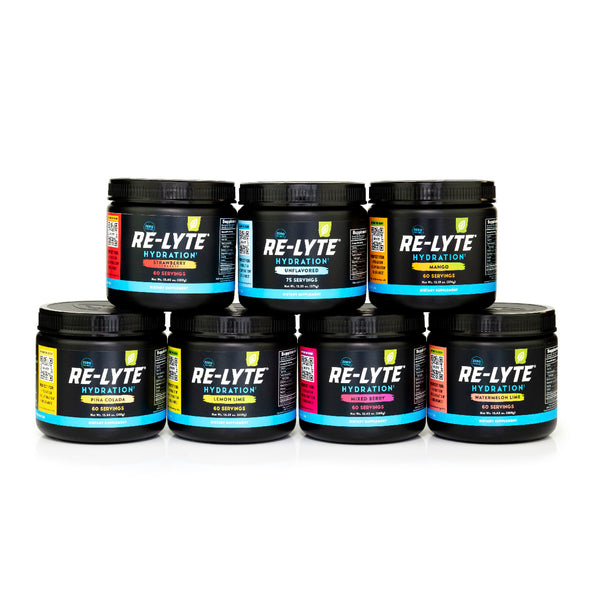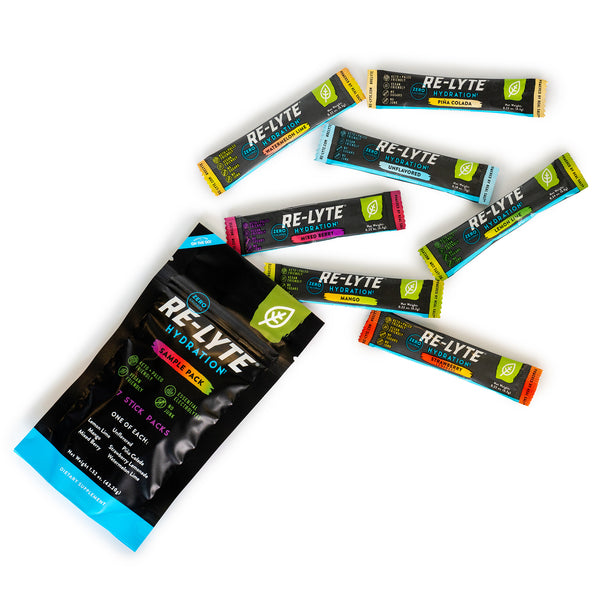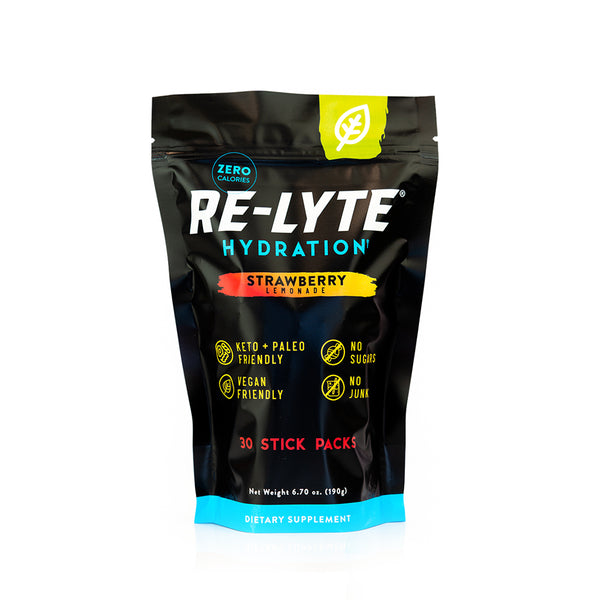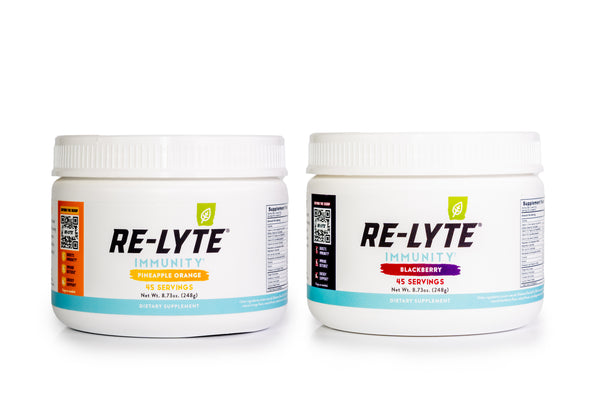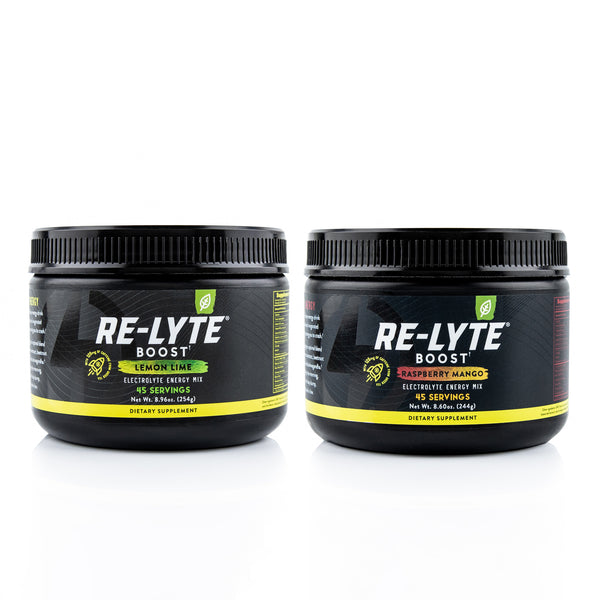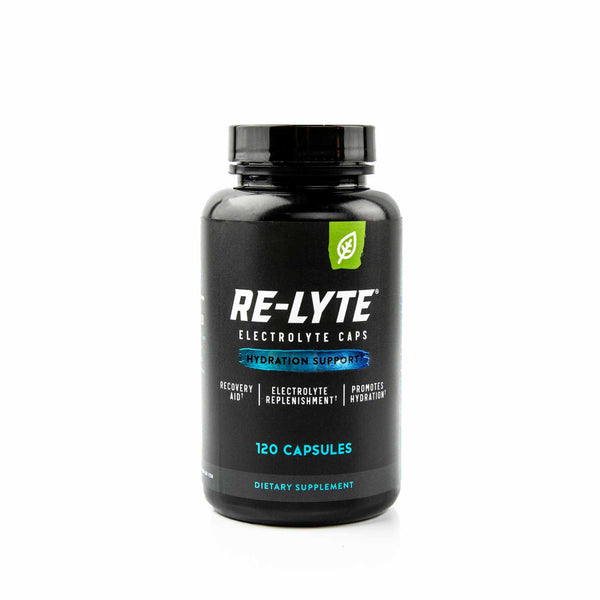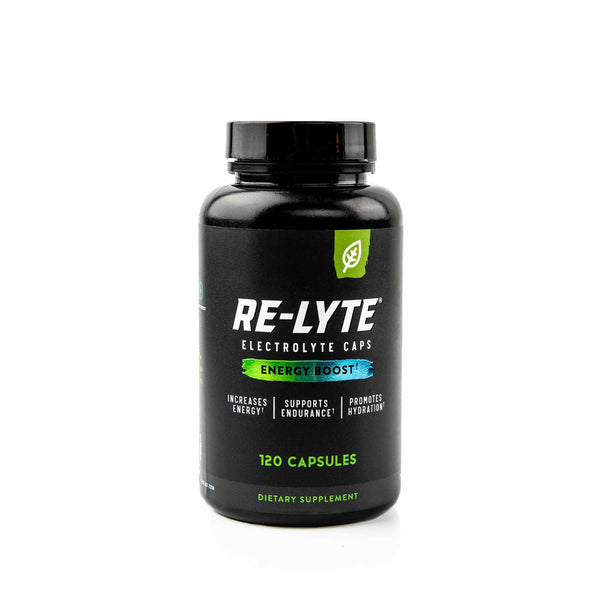Fasting and Working Out - Benefits and Risks

It hasn't been very long in the dieting world since "grazing" was all the rage. People who liked the idea would spend time prepping food and storing meals in containers that they can easily pack into the fridge and freezer.
As the week rolled on, they’d grab their food, and much like a horse, they’d snack their way through day, making sure to not let more than 2 ½ hours go by without getting some food in their bellies. The idea sounded solid and a lot of people who adopted nutritious foods were happy with the result. Eventually the craze called “graze” that gained millions of followers wasn't supported by scientific study and the idea faded out of popular culture, replaced by its exact opposite eating strategy. Instead of eating constantly, more and more health-conscious people are passing days between meals.
Fasting has gained a lot of attention from journalists, doctors, academics, and even athletes. With every new study supporting intermittent fasting comes a new group of athletes willing to try it for themselves – as long as they can still fuel their workout program.
If you are looking to dip your toe in the waters of fasting while keeping up your workout schedule, here are some key ideas to consider. As with anything we do with our bodies, from a backflip to a an upright row, proper form matters! We invest a lot in our bodies, so it's important to learn the right way to fast to avoid doing damage. If you're doing it well, here's what studies suggest you should expect to see.
Gain in Lean Muscle Mass
Insulin is a fat-storage hormone. When it is constantly being triggered due to elevated blood sugar levels, you have a harder time losing weight. This is why “six-meals-a-day” is not the best approach. Plus, it raises your risk for diabetes—the complete opposite of what a lot of grazers once believed.
But when it comes to working out while fasting, your insulin levels are low, which means your human growth hormone (HGH) levels are high. They both can’t be high at the same time. HGH is a hormone that promotes energy, boosts recovery and cell repair, and is essential for exercise performance and strength.
When you have a pre-workout meal, your blood sugar levels rise, even if you eat protein, and your insulin goes up. HGH then goes down. But if you were to keep HGH high and insulin low, you put your body in a perfect position to build and maintain lean muscle mass.
Weight Loss
It makes sense to think we need to fuel up before we work out – how else will our muscles find calories to burn? Eventually that would be true - but intermittent fasting can still make sense with your exercise routine. Working out without eating just nudges your body to find energy from something other than those quick-burning carbs – and the next best energy source for your body will be stored as fat.
When you exercise during a fast your body burn more fat and lose more weight. This isn't always true with high-intensity anaerobic workouts like sprint intervals – but if you were to alternate back and forth from high to low intensity in your workouts, you’d get the best of both worlds. And if you did it while fasting, the benefit would be twofold.
Fat Adaptation
One of the keys to successful weight loss is sometimes called fat adaptation – it's what happens when your body relies on fat for energy, instead of glucose. If you've ever worked out without having eaten for 12 hours or longer, you've probably already felt this. Every body adapts differently, but exercise without eating for an extended period of time – even if you skip breakfast before your morning workout – is a good way to experiment.
Lighter Feeling
Have you ever been in the room when someone worked out so hard it made them sick? They might even wear it like a badge of honor – but there's nothing sexy about eating too much before you start your workout.
Once you try your workout on a stomach that's been fasting you'll discover your breathing won’t be as labored, you’ll be less prone to getting stomach cramps and your heart rate is likely to stay where you need it to be to perform.
What's the Downside?
Before you decide to run a 10k four days after your last meal, here are a few precautions to consider so you are well prepared.
First of all, make sure to stay hydrated. When your insulin levels are low, your body starts to purge certain electrolytes, especially sodium. If you are sweating profusely, this effect is even greater.
Water is a no-brainer when you're working out - but especially when you're fasting, it isn't enough. Your cells need electrolytes and minerals, so add some unprocessed sea salt every time. You can either just blend it into your water or eat some and chase it with water afterward. There is no right or wrong way to do it – but ease into it. Too much salt at once has chased more than a handful of athletes into the toilet.
Another thing you want to take into consideration is the intensity of your workouts. If you have never worked out in a fasting state in your life, don’t think you can hit it hard for 2 hours after a 10-hour fast.
Start your workouts on the lighter and less intense spectrum and slowly build them up as you go along. Fasting is just like exercising for the first time. You have to build up tolerance levels over time. In other words, be patient.
Lastly, if by some chance you end up doing an extended fast of 48 hours or more, you’re really going to want to scale back your workouts. On the first day, you’ll be fine. But once you hit the 40-plus hour mark, you want to be careful with your intensity levels.
It’s OK to do some form of exercise, but stick with yoga, stretching, walking or something that’s on the mild side. And of course, we work out because we want to learn what our bodies can do, so experiment with your workouts and see what you discover about working out while fasting.
Final Words of Encouragement
Overall, working out in a fasting state is a great way to go. If you decide to try it, be patient, do not go too far beyond your comfort zone and listen to your body. Once you get into a groove and start feeling and seeing the results, it will be second nature and you’ll likely never go back to your old ways of training.
